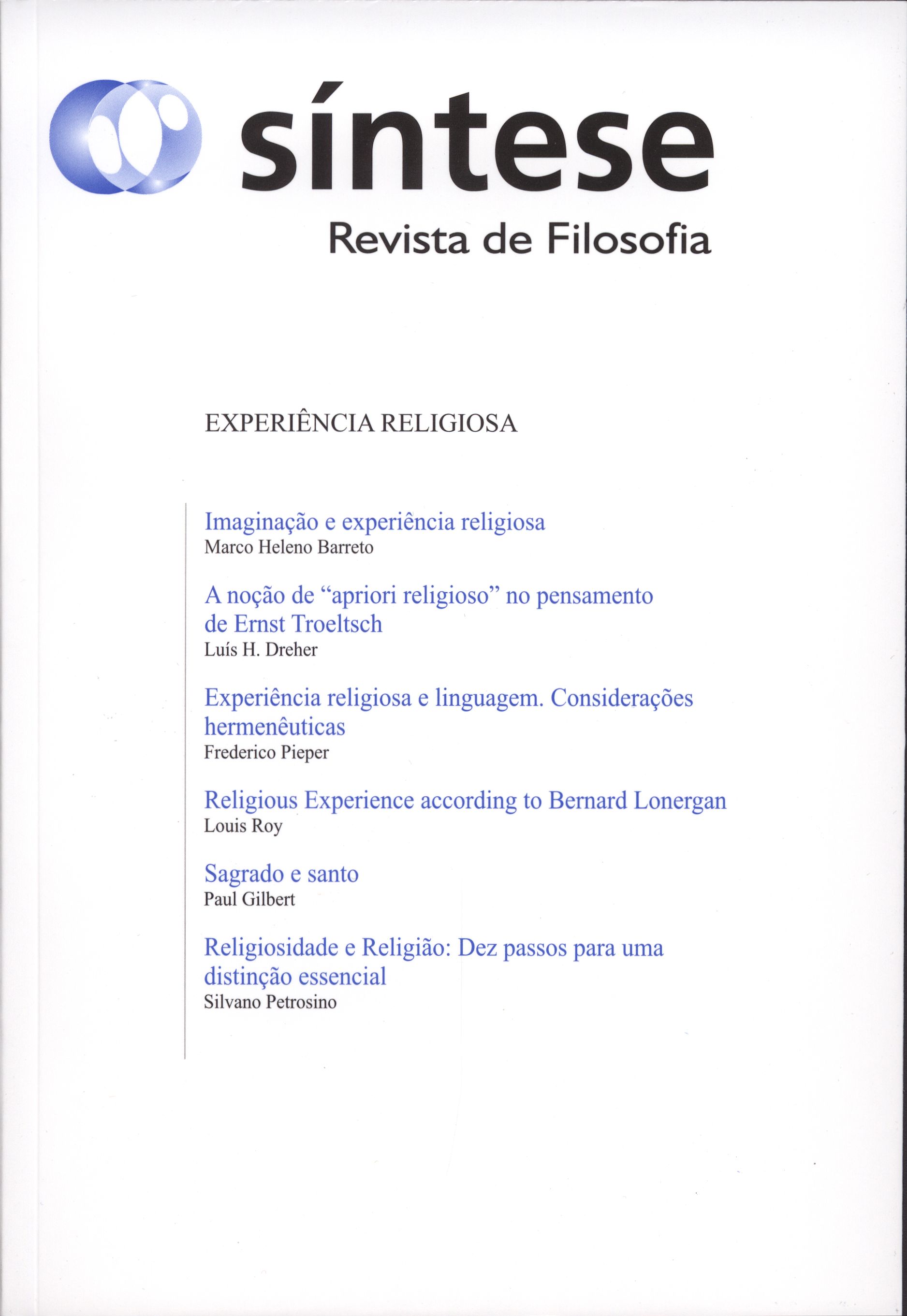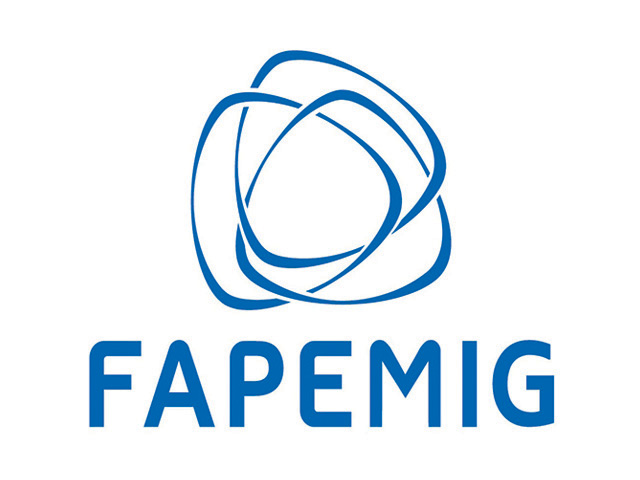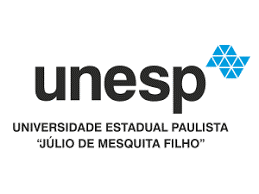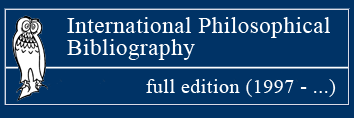RELIGIOSIDADE E RELIGIÃO DEZ PASSOS PARA UMA DISTINÇÃO ESSENCIAL
DOI:
https://doi.org/10.20911/21769389v38n122p421-446/2011Palavras-chave:
Religiosidade, religião, subjetividade, alteridade, excesso.Resumo
O artigo pretende focalizar a distinção entre 'religiosidade”˜ e 'religião”˜. Com este objetivo, interpreta a primeira como uma condição estrutural da subjetividade humana: o sujeito, enquanto tal, é sempre abertura e reenvio ao outro. A experiência do sujeito é desde o princípio uma experiência de alteridade. A 'religião”˜ é descrita, ao contrário, como o conjunto de narrações (mitos) e de práticas (ritos) mediante os quais o sujeito procura 'cultivar e guardar”˜ a sua religiosidade. Um segundo momento do trabalho consiste em mostrar como a 'religiosidade”˜ se expressa sempre em uma 'religião”˜, mas também como esta última corre sempre o risco de transformar-se em uma espécie de cárcere ou de tumba do próprio religioso: perversão da 'religião”˜ em um mero ritualismo e uma simples estrutura de poder. Em conclusão, esta seria o que se define como a lei da «contaminação necessária»: não há 'religiosidade”˜ que não se encarne em uma 'religião”˜, mas também não há 'religião”˜ que não corra o risco de transformar-se em uma pura e simples estrutura de poder e de dominação. A 'religião”˜, corre sempre o risco de transformar-se de remédio (pharmakon) em veneno (pharmakon).
Abstract: This paper intends to focus on the distinction between ”˜religiosity' and ”˜religion'. It aims at interpreting the former as a structural condition of human subjectivity: the subject, as such, is always openness and move to the other. Since the beginning, the subject's experience has been one of alterity. ”˜Religion', on the contrary, is described as a set of narratives (myths) and practices (rites), through which the subject seeks to cultivate and display his or her religiosity. The second part of this work consists in showing that ”˜religiosity' always takes the shape of a ”˜ religion', but that the latter always runs the risk of becoming a kind of prison or tomb for the religious itself: the perversion of ”˜religion' into mere ritualism and simply a structure of power. To conclude, there would therefore be a law defined as that of « necessary contamination »: there is no religiosity which is not embodied into a religion and no religion which does not risk transforming itself into a mere structure of power and of domination. Religion, a remedy (pharmakon), always runs the risk of becoming a poison (pharmakon).


















